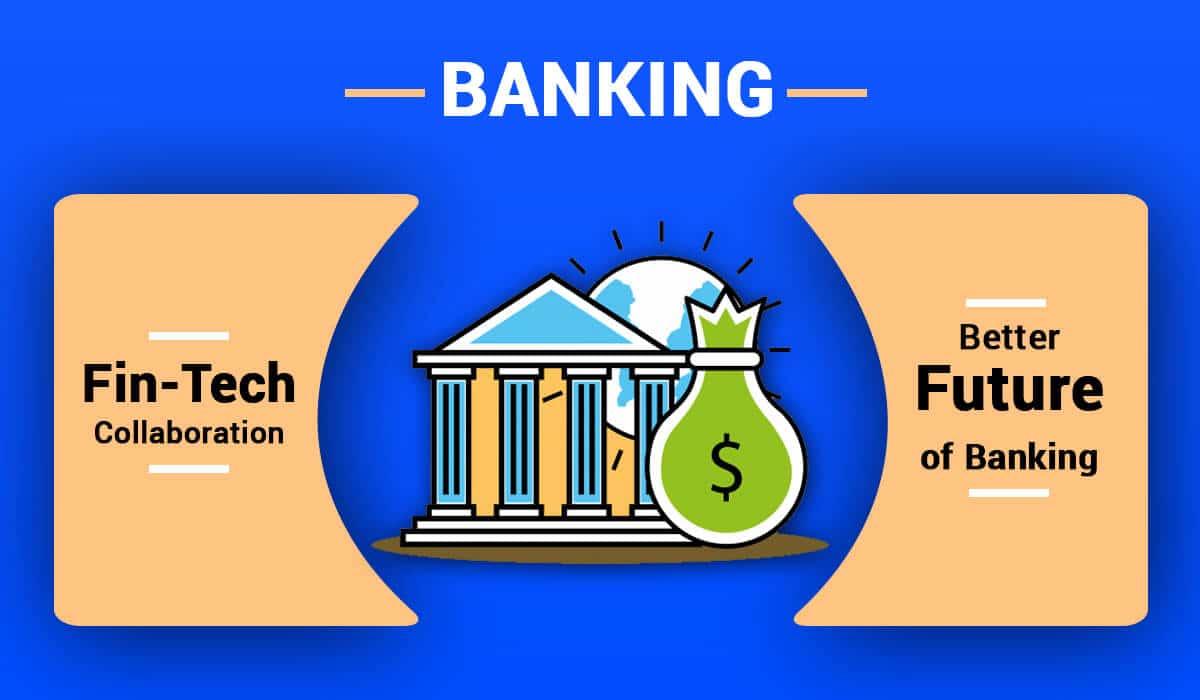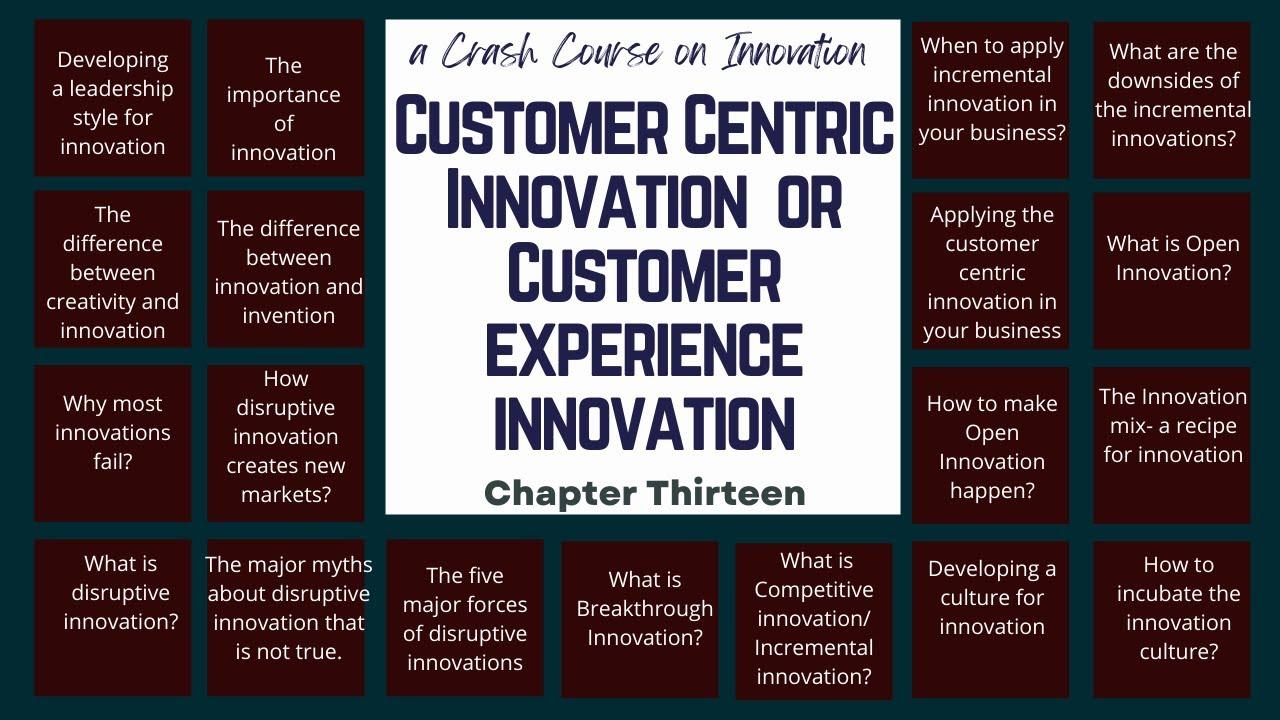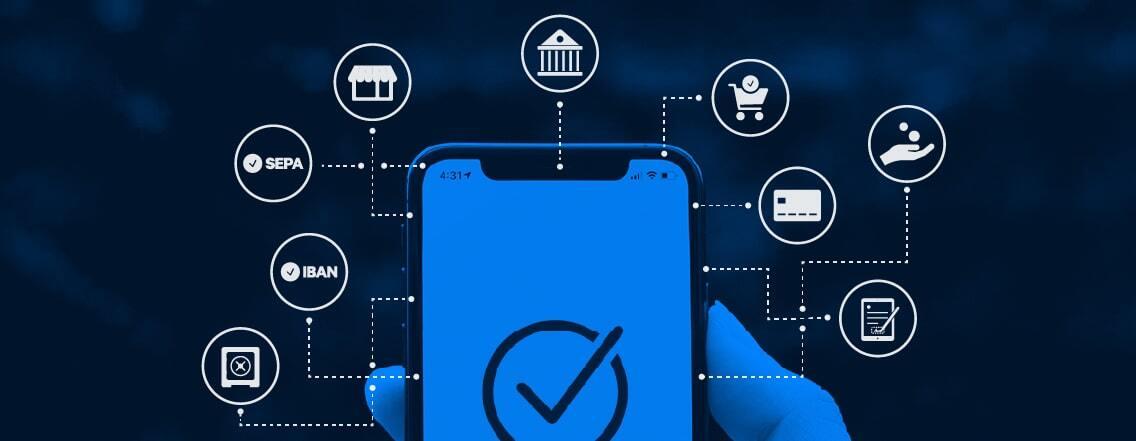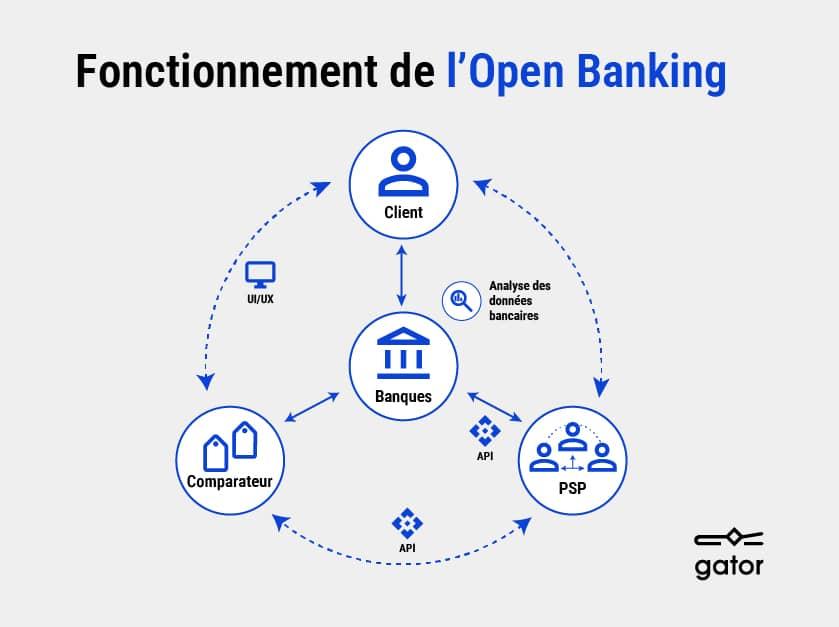Introduction: Learning from Brazil: A Blueprint for US Open Banking Innovation
As the world continues to embrace the digital revolution, financial ecosystems are evolving at an unprecedented pace. Amidst this transformation, Brazil has emerged as a beacon of innovation in the realm of open banking, presenting a compelling case study for nations looking to modernize their financial landscapes. With a diverse population and a rapidly growing fintech sector, Brazil has successfully implemented open banking regulations that not only enhance customer experiences but also foster competition and inclusivity in financial services. As the United States grapples with its own approach to open banking, the lessons learned from Brazil can serve as a valuable blueprint for innovation, offering insights into overcoming regulatory hurdles, driving consumer engagement, and leveraging technology for greater financial accessibility. By examining Brazil’s journey, we can uncover strategies that may shape the future of open banking in the US, ultimately reshaping how consumers interact with their financial institutions and leading the charge toward a more transparent and interconnected financial future.
Embracing Collaboration: How Brazilian Banks Foster Open Ecosystems
Brazilian banks have become pioneers in establishing open ecosystems that prioritize collaboration over competition. By engaging fintech companies, established businesses, and consumers, these banks have effectively broken down traditional silos in the financial sector. Key strategies include:
- API Integration: Allowing third-party developers to create innovative financial solutions.
- Sandbox Environments: Providing a controlled space for startups to test new ideas with real data.
- Partnership Models: Collaborating with fintech firms to enhance product offerings without starting from scratch.
This collaborative approach not only accelerates technological advancements but also enriches customer experiences. For instance, many banks have embraced open data initiatives, encouraging transparency and fostering consumer trust. The benefits of this model are evident in the statistics below, which illustrate the impact of collaboration in the Brazilian banking sector:
| Collaboration Type | Growth Impact |
|---|---|
| Fintech Partnerships | 45% Increase in Mobile Banking Usage |
| Open Data Initiatives | 30% Growth in Customer Acquisition |
| API Development | 50% Faster Service Rollout |

Regulatory Roadmap: Lessons from Brazils Approach to Fintech Supervision
Brazil’s experience in fintech supervision offers insightful lessons for developing a regulatory framework that fosters innovation while ensuring consumer protection. The country implemented a sandbox regulatory model, allowing startups to test their services without the usual burdens of compliance. This approach encouraged rapid innovation and attracted a variety of players to the fintech space. Additionally, by adopting a principles-based regulatory structure, Brazil has promoted clear communication between regulatory authorities and financial institutions, helping to navigate complexities in the fast-evolving fintech landscape.
Furthermore, Brazil’s proactive stance on collaboration between public and private sectors serves as a pillar for effective regulation. Engaging stakeholders through consultative processes has empowered regulatory bodies to understand market needs better while creating a balanced approach to oversight. Key takeaways include fostering an environment of continuous feedback and adaptation, which could potentially help the U.S. streamline its open banking initiatives. Incorporating aspects such as transparency in regulation and support for innovative solutions could propel the U.S. fintech ecosystem while safeguarding consumer interests.

Consumer-Centric Innovations: The Brazilian Model for Enhancing User Experience
Brazil’s approach to enhancing user experience through consumer-centric innovations provides valuable insights for the U.S. Open Banking landscape. By prioritizing the needs of the consumer, Brazilian fintech companies illustrate the potential of tailoring services that resonate with users. They have successfully employed strategies such as:
- Personalized Financial Tools: Offering tailored solutions that cater to individual financial situations, enhancing overall engagement.
- Accessible Platforms: Ensuring that applications are user-friendly and accessible across various devices to meet the diverse needs of users.
- Transparent Fee Structures: Committing to clear and straightforward fee disclosures that build trust and improve user satisfaction.
To further explore the impact of these innovations, consider the following table summarizing key features of popular Brazilian fintech solutions and their U.S. counterparts:
| Feature | Brazilian Fintech Solutions | Potential U.S. Adaptations |
|---|---|---|
| User Engagement | Gamified savings apps | Incorporating incentives for savings and investments |
| Customer Support | 24/7 chat support and community forums | Real-time assistance via AI-driven bots |
| Integration | Seamless links with government services | Partnerships with local government entities for easier access |

Technology and Security: Building Trust in Open Banking Systems
In the rapidly evolving landscape of open banking, the significance of robust technology and security measures cannot be overstated. As we look to Brazil’s innovative frameworks, it becomes clear that establishing a foundation of trust is paramount for consumer adoption. This trust is built through the implementation of strong regulatory standards and the use of cutting-edge encryption technologies which work tirelessly to protect sensitive user data. Key elements that contribute to this trust include:
- Transparent Data Sharing: Open dialog about how data is collected, used, and shared.
- Consumer Control: Empowering users to manage and revoke access to their data at any time.
- Continuous Monitoring: Regular audits and security updates that bolster system integrity.
Moreover, Brazilian financial institutions have adopted a holistic approach to security that engages all stakeholders in the ecosystem—from fintechs to consumers. This collaborative effort aims to develop a unified security standard that not only protects the individual user but also enhances the overall stability of the financial network. A comparative analysis of key security methodologies utilized can provide valuable insights for the U.S. market, as evidenced in the following table:
| Security Measure | Brazil’s Approach | Potential U.S. Adaptation |
|---|---|---|
| Data Encryption | High-level encryption standards for all transactions | Implement similar robust encryption protocols |
| User Authentication | Multi-factor authentication for accessing sensitive data | Encourage diverse methods, such as biometrics |
| Fraud Detection | Real-time analytics for identifying suspicious activity | Develop AI-driven fraud prevention systems |
In Retrospect
Brazil stands as a vibrant testament to the transformative power of open banking, providing a blueprint that the United States can adapt to its unique financial landscape. As we navigate through an era poised for technological advancement, the lessons learned from Brazil’s pioneering initiatives unveil a pathway towards increased financial inclusion, enhanced customer experience, and robust competition. By reflecting on Brazil’s successes and challenges, US stakeholders can harness these insights to foster innovation, ensure security, and ultimately reshape the banking landscape for the better. As the two nations embark on their respective journeys through open finance, one thing remains certain: the potential to revolutionize how we interact with money is not just a dream, but an attainable reality waiting to be realized.
